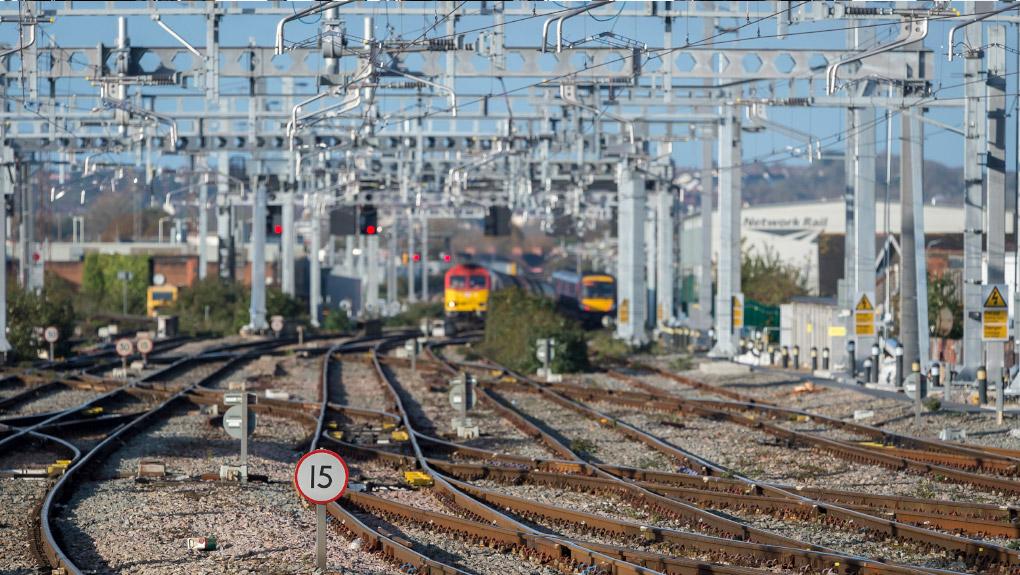
ORR found the infrastructure manager’s delivery of efficiencies remains good, with Network Rail reporting £840 million of efficiency improvements for the year, ahead of its £830 million target.
Network Rail has now delivered £1.9 billion of efficiency improvements across the first three years of Control Period 6 (2019-2024). Network Rail now aims to deliver £4 billion of efficiency improvements across the five year control period ending in 2024, an increase on the £3.5 billion target originally set by ORR.
The planned increase is mostly coming from workforce reform initiatives.
Despite these efficiency gains, wider financial performance missed its target by £487 million in 2021-2022. Cumulatively, over the first three years of the current control period, Network Rail is £891m below the target set in its delivery plan. This is mostly due to cost pressures and reduced income exceeding the amount of efficiency improvements.
ORR also commissioned independent consultants to establish whether rail industry employment costs are higher or lower than market comparators.
The study compared pay and total reward (which includes pension costs and other measurable benefits) of 64,459 rail industry workers, and found that in some areas of the industry, pay and conditions are favourable when compared with the wider market.
The benchmarking analysis found that total reward at Network Rail is largely within market rates (+/- 10%), with the exception of maintenance staff. Their total reward is 18% above the market median. Within the broad categories of head office and operations, certain roles at Network Rail also sit outside market rates. For some job categories the result is sensitive to whether looking at total reward or just pay.
Total reward at passenger train operators is also largely within market, apart from station staff who are paid 12% above the market median, and operational management who are paid 11% below. Again, for some job categories the result is sensitive to whether looking at total reward or just pay.
Will Godfrey, ORR’s Director of Economics, Finance and Markets, said:
Notes to Editors:
- Annual efficiency and finance assessment of Network Rail 2021-22.
- Rail Industry Employment Costs Review.
- The study examined pay and total reward of 64,459 rail industry workers, representing approximately 63% of all workers employed by Network Rail and the train operating companies (TOCs).
- The Network Rail analysis examines pay for 108 key benchmark roles, covering 20,810 employees (equivalent to 78% of the 26,757 payroll records that were provided and suitable for analysis or 48% of its permanent workforce of 43,256). Data is for the year to March 2021.
- The headline results for Network Rail show the variance to market for broad functions within the railway with the total reward for individual roles also deviating from the market median. See report for detailed results.
- The analysis of pay at the TOCs covered 44 benchmark roles, covering 43,649 employees in total (representing approximately 77% of the 16 participating TOCs’ combined workforce or 70% of the entire TOC workforce). Data is for the calendar year 2021 and excludes both open access and freight operators.
- The following TOCs participated in this study: Avanti West Coast, c2c, CrossCountry, East Midlands Railway, Govia Thameslink Railway, Great Western Railway, Greater Anglia, London North Eastern Railway, Merseyrail, Northern Trains, ScotRail, South Western Railway, Southeastern, TransPennine Express, West Midlands Trains.
- London Overground, MTR Crossrail and Transport for Wales Rail declined to participate in the study.

